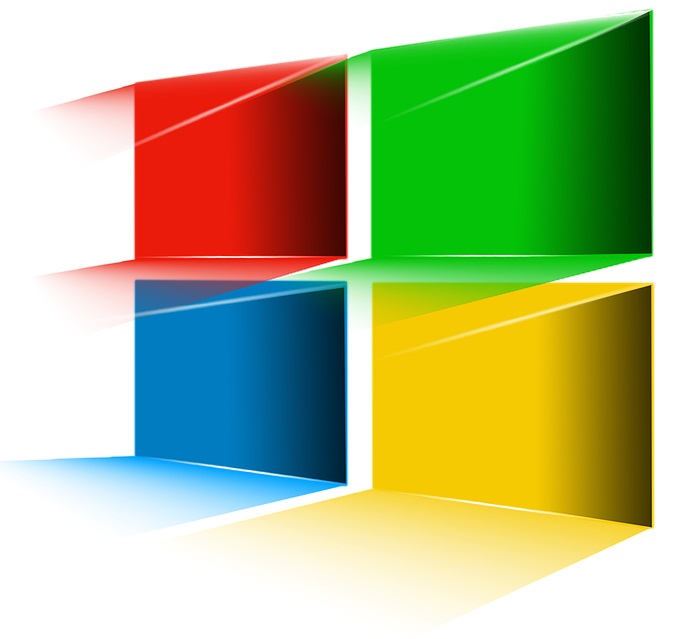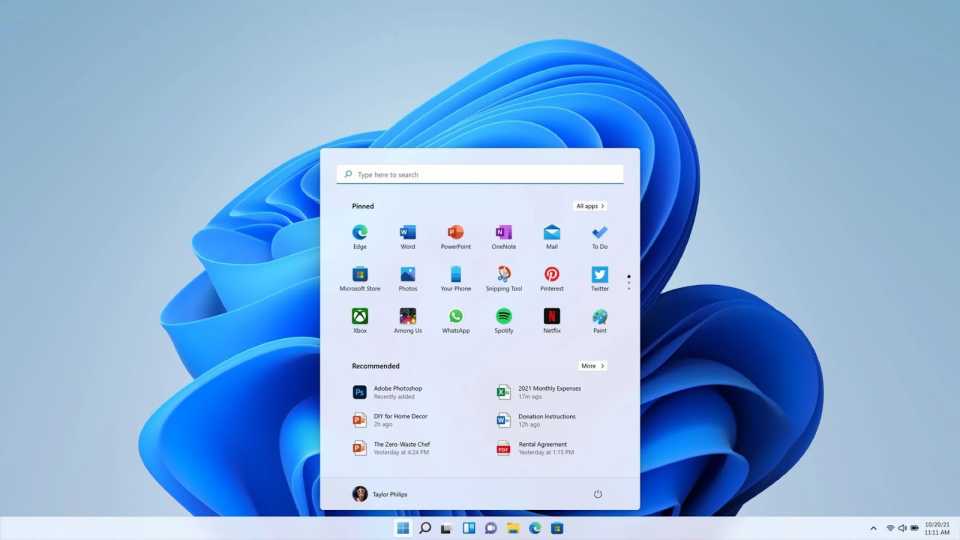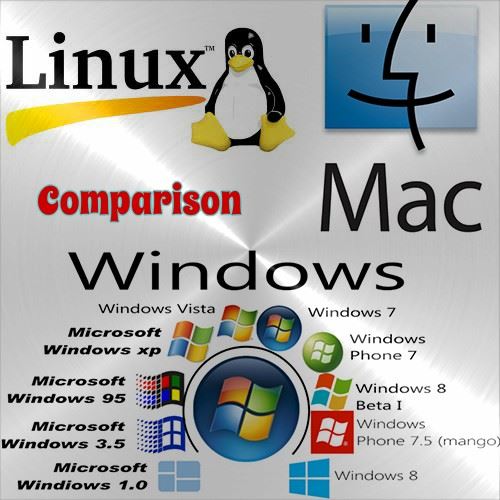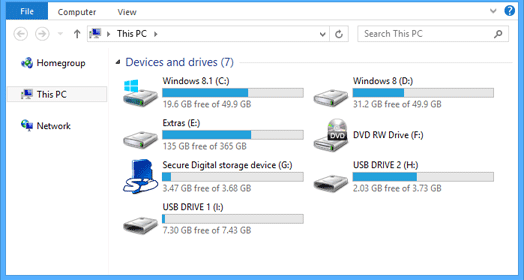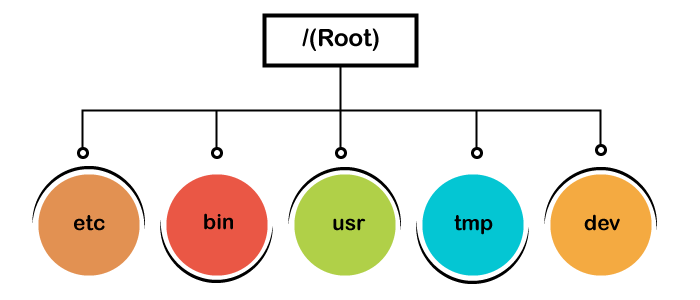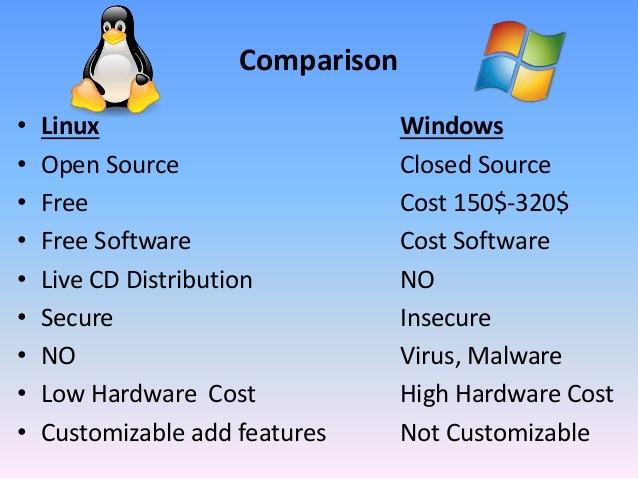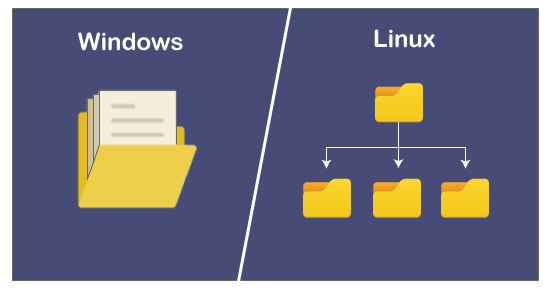Linux and Windows are two of the most widely used operating systems in the world. While they have many differences, they also share a number of similarities.
One similarity is that both Linux and Windows are multitasking operating systems, which means that they are able to run multiple programs at the same time. This allows users to perform multiple tasks simultaneously, such as browsing the internet and listening to music.
Another similarity is that both Linux and Windows have a graphical user interface (GUI). This allows users to interact with the operating system and its programs through visual elements such as icons, windows, and menus, rather than having to enter commands through a command line interface.
Both Linux and Windows also offer a wide range of applications and software that can be installed on the operating system. These include productivity tools, games, and other specialized programs. Both operating systems also offer a range of built-in utilities and features, such as a file manager, a web browser, and a system settings panel.
In terms of security, both Linux and Windows have mechanisms in place to protect the operating system and its users from viruses, malware, and other forms of online threats. Both operating systems also offer options for user account control, which allows users to set different levels of access and permissions for different users or groups.
One key difference between Linux and Windows is the source code. Linux is an open-source operating system, which means that the source code is freely available and can be modified by anyone. In contrast, the source code for Windows is proprietary and is not available to the public.
Another difference is the price. While many versions of Windows require a license fee, Linux is generally available for free. This can make Linux an attractive option for users who want to save money on operating system costs.
In conclusion, while Linux and Windows have many differences, they also share a number of similarities. Both are multitasking operating systems with a GUI and a wide range of applications and utilities, and both offer security features to protect users from online threats. The main differences between the two are the source code and the price.
